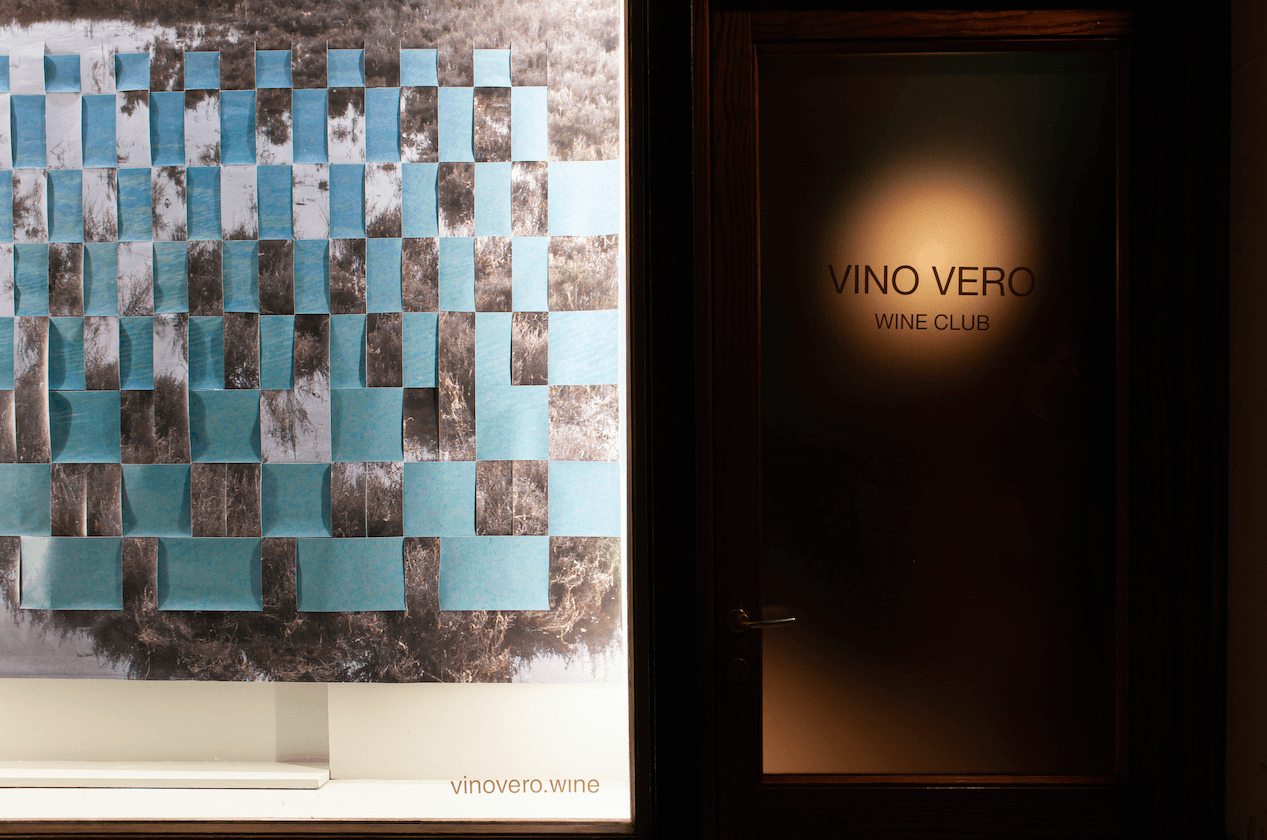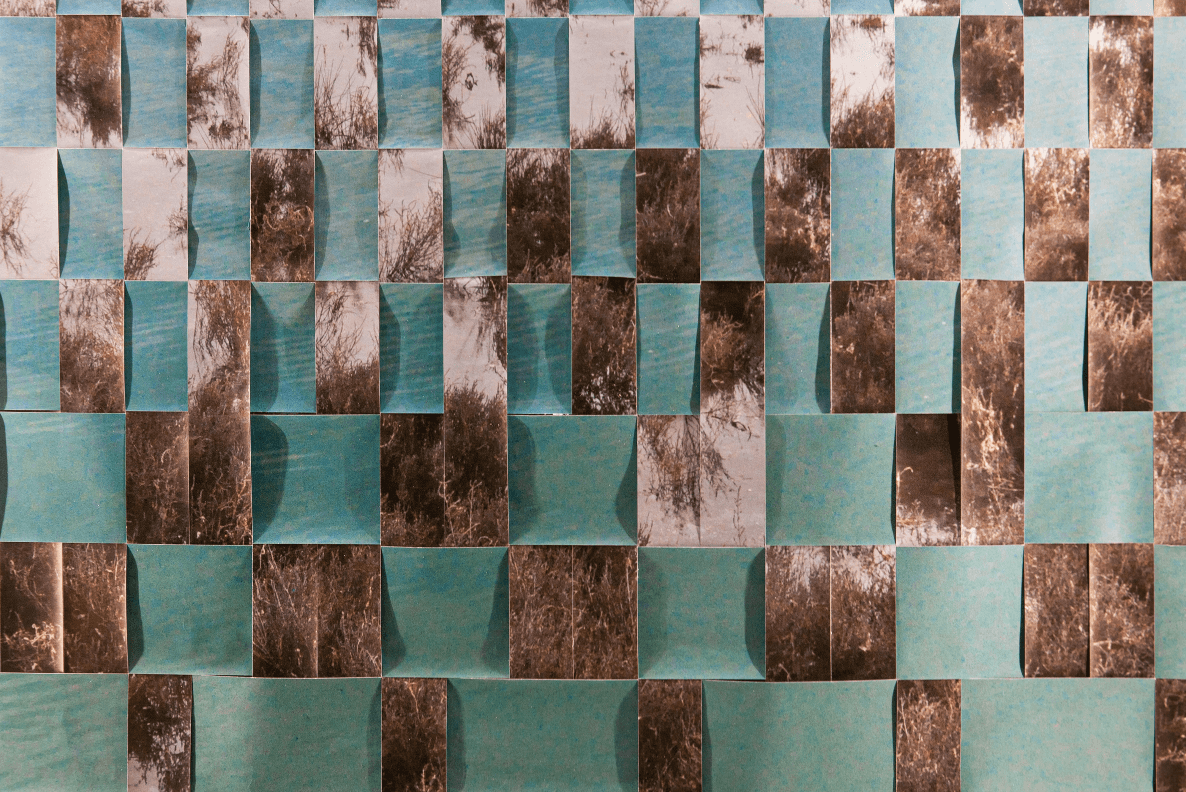Giorgia Severi: Climax #5 Venice
Giorgia Severi
MS: Could you tell us about the concept behind Climax#5 Venice, and the choice of title?
GS: Working with the environment and landscape, I have never thought that humans were separate from it; therefore, observing and experiencing the ongoing climate change, I wonder how far we have come and if this is an inevitable stage in the evolution of the overall ecosystem we are a part of. Starting from the meaning of “climax” (from the Greek κλίμαξ, “ladder”), which is the highest stage of ecosystem evolution resulting from a self-sustaining ecological succession over time due to the balance of environments from which it originated and continued to evolve, I have reflected and am still reflecting on why we are collapsing. Since we are part of the whole, it should be intrinsic that the whole is perfect even in its decline. If the climax is the state of maximum balance and growth of an ecosystem, which includes the human being, are we not perhaps in a state of decline because the general climax has already been reached, and therefore, we are on a path of inevitable congenital degeneration that we naturally belong to?

MS: Your work focuses primarily upon endangered landscapes, do you think contemporary art plays a pivotal role in the way we understand and approach matters surrounding global warming and climate change?
GS: Certainly. Art in all its forms, expressions, and manifestations has the power to communicate and anticipate urgent themes, sensitizing the audience and providing new perspectives and tools for approaching current reality.
MS: What about your collaboration with Ecomuseo of Lazzaretto Nuovo Island, how did that come about?
GS: Engaging the local community and organizations when undertaking a specific project is at the core of my approach to the territory. To closely observe and immerse myself in the Venetian lagoon, I have thus reached out to the Ecomuseum that manages the Lazzaretti, an island surrounded by nearby and highly visible mudflats. This area also provides valuable insights into the lagoon’s ecosystem and local flora, as there are several programs dedicated to studying and preserving the Venetian lagoon environment. For this, I must express my gratitude to Giorgia Fazzini, the contact person for the Ecomuseum, who has made this connection possible.

How has your studies of restoration influenced your artistic practice?
Certainly, the caretaking attitude inherent in an archaeologist’s or restorer’s work is intrinsic to my artistic practice. I observe with the awareness that much is being lost culturally and in terms of landscapes. My work represents a utopian attempt to safeguard the memory of certain places and spaces. In fact, my extensive archive of changing and disappearing landscapes comes directly from my studies in mosaic restoration. My best-known works originate from frottage, technically known as “intaglio relief” for a restorer, which is used to take a 1:1 cast of the texture of the working surface. Similarly, the three-dimensional casts in cellulose or clay, which have now evolved into ceramic sculpture, both became, during my studies, the artistic practice of preserving the memory of those places.
In recent years, there has been a return to the visual concept of mosaic in the tessellated image created in works that interweave paper, where two or more intertwined images create tesserae intersections that alternately emerge or remain covered, partially revealing the main image, as seen in CLIMAX #5 for VinoVero.
MS: What are you currently working on and do you have any upcoming shows we should know about?
GS: I am working on a series of new artworks dedicated to the plants of the Romagnolo cultural landscape devastated by the May flood. I will be participating in a couple of group exhibitions. I am currently in the process of developing the next project focused on the forests of Indonesian Papua New Guinea for January and February 2024.




